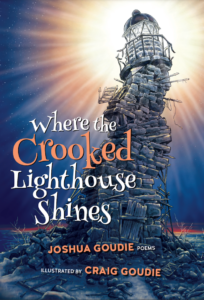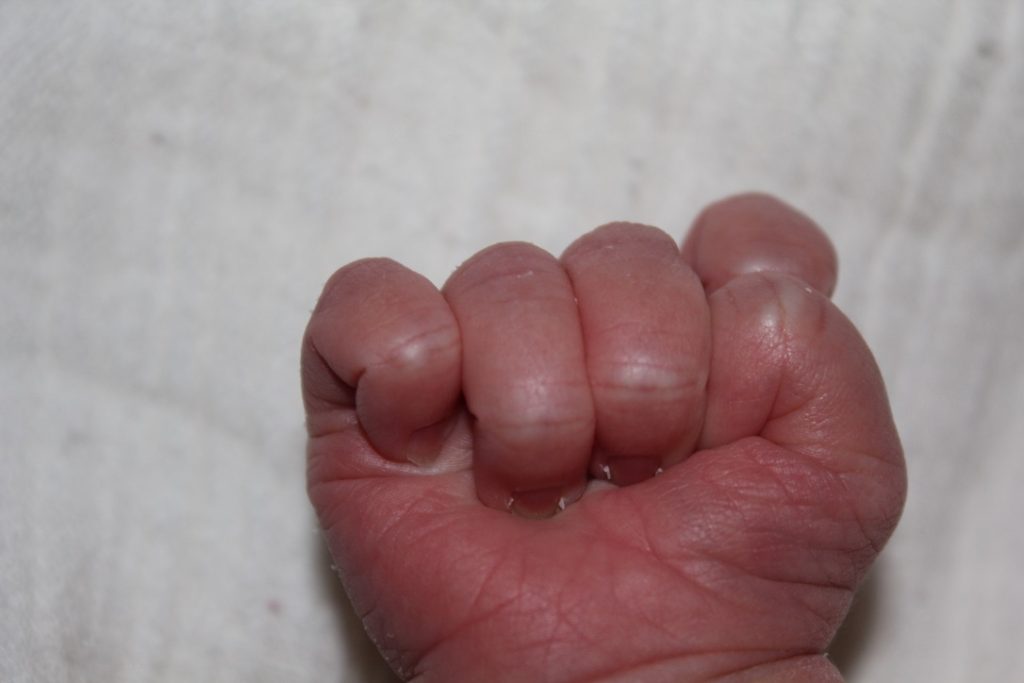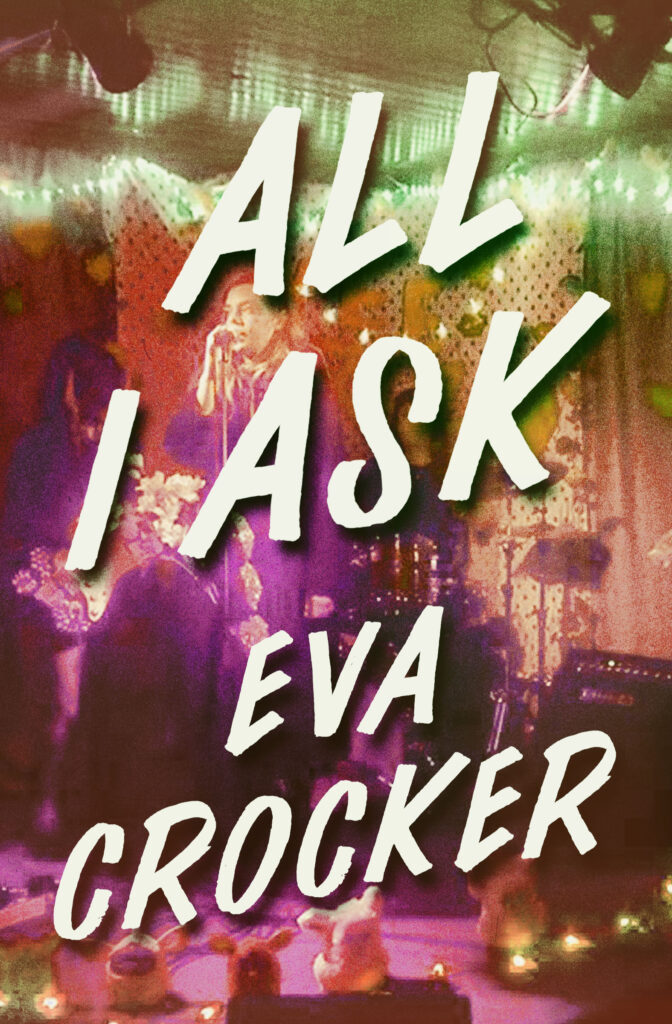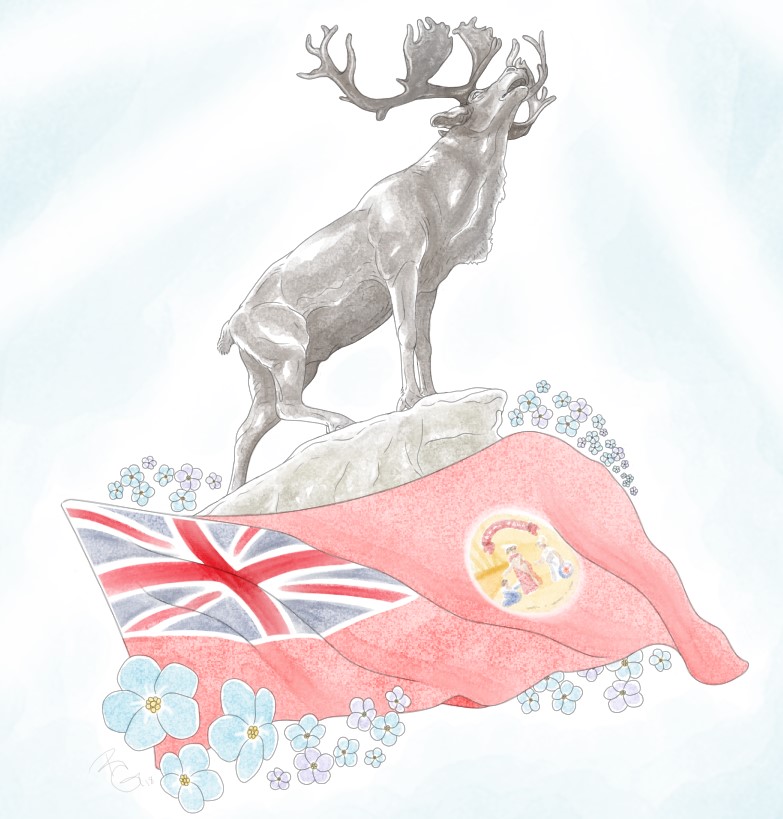Joshua Goudie: This book is dedicated to children struggling to find their place in the world
December 2022
Can you tell us a little about yourself?
I grew up in central Newfoundland. Since then I’ve since lived in communities all across the island. My background is in theatre and I have a BFA in acting. In my early 20s, I was fortunate enough to spend a year traveling to Toronto, London, and both Stratfords (Canadian and UK), to sit in the audience of as many productions as possible. Somewhere in there, I experienced a moment of clarity and realized that I was perhaps headed down the wrong artistic path. I’ve always loved the creative process, but I knew I didn’t want to spend the rest of my life speaking other people’s words or realizing other people’s characters. I still have so much respect for actors, but the part of theatre and film that always excited me was the idea that – if you do your job right – you can change or impact the audience just by sharing a story. I guess I turned to writing as a discipline because I wanted more control over the stories I was sharing.
Where did the idea for this book come from? How did you select the stories – did you hear them growing up? How did you reinterpret the narratives to link the stories?
In 2016, writers in our community began protesting a completely misguided tax on books that was introduced by the provincial government. My contribution was a Dr Seuss-style rhyme titled The Lore Tax. We filmed a reading in a local bookstore, included some illustrations, and shared the video online. It wound up getting a surprisingly positive response and even some national media attention. What I took from that experience was that you can use local imagery, folklore, and culture to soften the edges of a political discussion. I can write a thesis on why book taxes are harmful, but I get the message out to more people when I work in silly rhymes about how the government will soon be taxing mummers according to the size of their bras.
Where the Crooked Lighthouse Shines is much the same, except the poems are more focused on issues relevant to younger readers (perfectionism fatigue, gender dysphoria, fear of growing up, etc). Our approach was to use ‘spooky’ characters from local folklore to stand in for those fears and anxieties, so it was just a matter of finding the right character to embody each concern.
The only character that I remember hearing about as a child myself was The Hag. I was involved with the play Corner Green, written by Gordon Pinsent, and The Hag was a character in that show. We actually reached out to Gordon for this project and he gave us his blessing to be illustrated into the book as one of the narrators.

It seems an unusual mix of genres (folklore, poetry, YA). Who’s your ideal reader?
I genuinely believe that this book can be enjoyed by any child, given the familiar rhyme patterns and beautiful illustrations. Having said that, the book is also dedicated to children who are struggling to find their place in the world. It’s a YA book because that’s the age group when children commonly start experiencing anxieties about themselves and the world around them. We use rhythmic, rhyming poetry because it’s a playful but effective way of taking the edge off serious issues. And we use local folklore because we want every reader to feel as though these stories and these characters belong to them. Hopefully, it also reinforces the idea that they belong here, as well (or anywhere they go). Our ideal reader is someone who will find or return to this book when they are going through a difficult time. With any luck, it will help them feel like they are not alone.
How did you collaborate on the illustrations?
Honestly, this is the easy part of the process. I write the stories, I email them to my father, then he illustrates. We usually have a few early conversations where we discuss ideas, then he presents a few sample sketches, but once we’ve settled on a look, he takes it from there. People always say you should never mix work and family, but if you’re both starting from a place of respecting each other and genuinely enjoying each other’s art, I think it can be the best way to work.
What’s next for you?
Like every writer, I’ve been working on a novel for a few years. Recently, the manuscript won the Percy Janes First Novel Award from the Newfoundland and Labrador Arts and Letters Awards. I’ve been making minor edits over the last few months, but I think the award was a good indicator that it’s time to change gears and start trying to get the story out into the world. The novel is titled The Last Portrait and it’s about art and the voices that can continue to shape an artist’s story, even after the artist has gone.
Where the Crooked Lighthouse Shines is available from Breakwater Books ($19.95)



